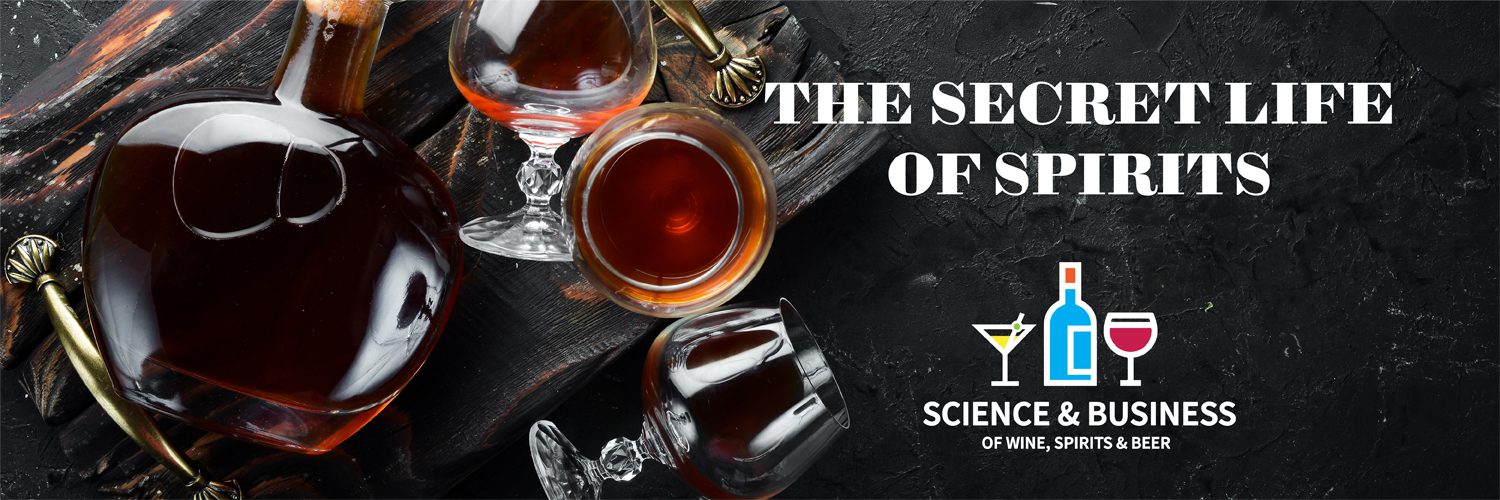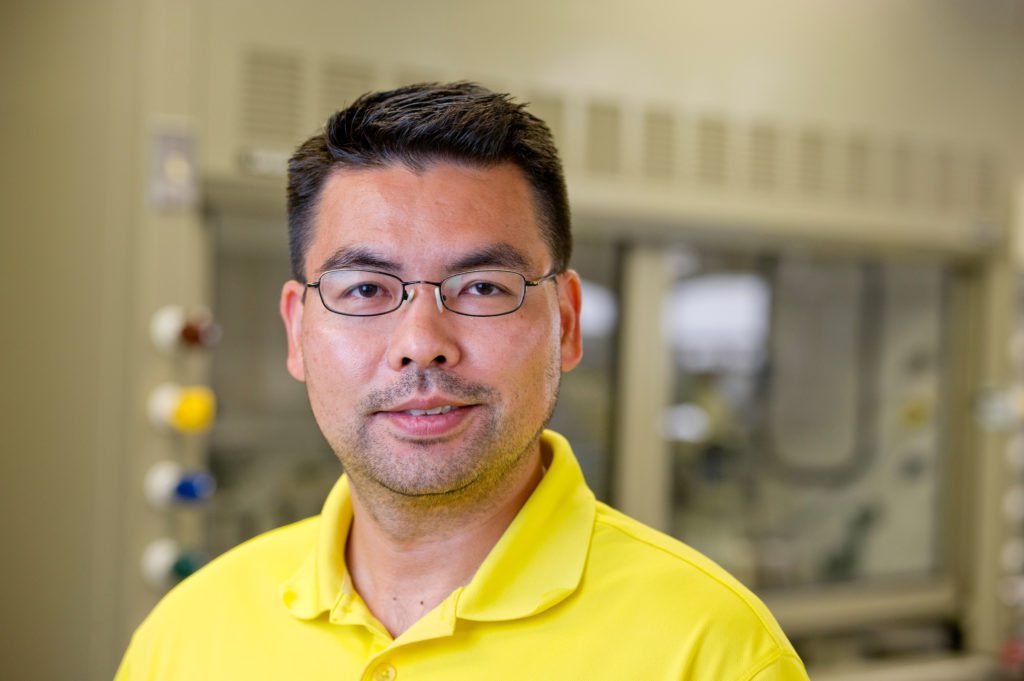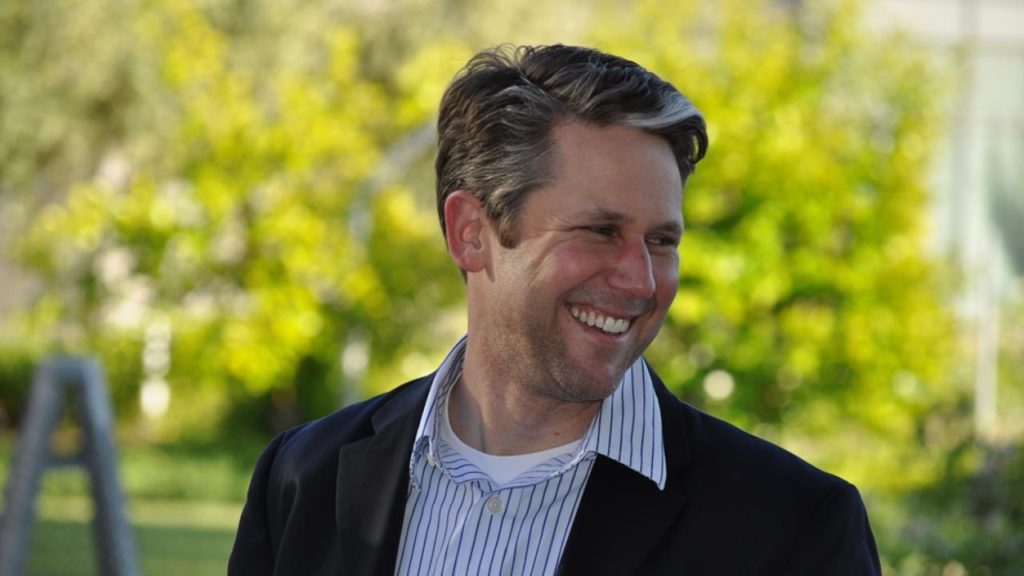Savage Water: Tequila & Mezcal

“O tequila, savage water of sorcery, what confusion and mischief your sly, rebellious drops do generate!” In 1980 Tom Robbins poetically captured the personality of tequila as a disruptor in his novel Still Life with Woodpecker, but he might also have been predicting tequila’s disruption of the American liquor market. According to the Distilled Spirits Council of the US, tequila and mezcal are poised to upset vodka as the best-selling liquor in the United States this year. So what is the difference between tequila and mezcal? What gives them their distinct flavors? Join Notre Dame chemistry professor Ken Kuno and Ron C. Runnebaum ‘96, associate professor in the Department of Viticulture and Enology at the Robert Mondavi Institute of Wine and Food Science at UC Davis as they uncover the chemical mysteries behind tequila, mezcal, and other agave-based spirits.
Meet the Faculty

Ken Kuno is a professor of Chemistry and Biochemistry and concurrent professor of Physics at the University of Notre Dame where he teaches the Chemistry and Fermentation and Distillation course. He received his Ph.D. in physical chemistry at the Massachusetts Institute of Technology in 1998. This was followed by a National Research Council Postdoctoral Fellowship at JILA/NIST, University of Colorado, Boulder. He then worked for the US Naval Research Laboratory in Washington DC before joining the University of Notre Dame as an assistant professor in 2003. Professor Kuno is also the author of the nanoscience textbook Introductory Nanoscience, Physical and Chemical Concepts and the upcoming Introductory Science of Alcoholic Beverages.
Meet the Faculty

Ron C. Runnebaum, ’96 is associate professor in the Department of Viticulture and Enology at the Robert Mondavi Institute of Wine and Food Science at UC Davis. He is also an assistant professor in their Department of Chemical Engineering and Materials Science. His research program aims to combine his interests in sustainable winemaking with his research background in nanomaterials, adsorption, heterogeneous catalysis, and reaction engineering. Winemaking-related projects include developing materials to capture CO2 and volatile organic compounds, especially from fermentation; developing fundamental understanding for the production of chemicals from winery waste streams; and designing solid-state materials for the replacement of solution-based treatments, particularly those that could improve sustainability. In addition, Dr. Runnebaum continues to investigate fundamental structure-activity relationships in chemical adsorption and reaction by nanomaterials, including zeolites and supported organometallic clusters.
Agave: The New Drought-Tolerant California Crop?

UC Davis to Study Agave Sustainability
This article was written by Emily C. Dooley and was published on August 11, 2022 by the College of Agricultural and Environmental Sciences at UC Davis.
Agriculture in California faces an uncertain future as drought, wildfires and other climate extremes become more commonplace in the West. But a fledgling industry focused on growing and distilling agave plants, which are used to produce tequila and mezcal in Mexico, could be California’s answer to fallowed fields and a lack of water.
Earlier this year a group of growers, distillers and retailers formed the California Agave Council to foster collaboration and offer a chance to share knowledge among members who previously had no formal network.
Now, the University of California, Davis, has established the Stuart & Lisa Woolf Fund for Agave Research to focus on outreach and research into the plants and their viability as a low-water crop in the state.
“The rainfall patterns and growing conditions in California are different from those where tequila is made,” said Ron Runnebaum, an assistant professor of viticulture and enology. “It is exciting to begin to harness the capabilities at UC Davis to determine which agave varieties can be grown commercially in California and what flavors can be captured by distillation to make unique California agave spirits.”
The fund was created with a $100,000 seed gift from Stuart and Lisa Woolf, who are Central Valley farmers and have a test plot of about 900 agave plants on 1.5 acres. They hope this gift will encourage others to also contribute.
The gift is focused primarily on optimizing production in California relative to Mexico, where labor costs are lower, and the farmers rely on rain rather than irrigation for water. Stuart Woolf believes California producers could grow larger plants with higher sugar content.
“I really believe we could be very competitive with Mexico,” he said.
The research also offers a chance to better understand the impact of location on the growth of the plant, which can be a source of fiber and alternative sweetener as well as the distilled spirits it can produce.
“As a drought-tolerant plant, agave holds great potential in water-stressed California,” Woolf said. “It’s a crop that could get by with little to no water during periods of extreme drought.”
A crop with low water needs
Mezcal can be made from any agave variety in Mexico while tequila, Runnebaum said, comes solely from the blue agave plant grown within the geographically defined region of “Tequila.” In California, blue agave plants can weigh 110 pounds or more, and it takes about 11 pounds of agave to produce one bottle of tequila, according to a UC Davis article published last year.
Agave plants require minimal watering, can serve as firebreaks from wildfires and offer a chance for farmers to plant crops on land that would otherwise have to be fallowed, or abandoned because of a lack of water. It takes roughly six to eight years for the plants to mature.

“If we enter a severe drought, this is a crop I think we can avoid watering totally,” Woolf said. “For me, this plant is kind of coming around at the right time.”
Craig Reynolds, the California Agave Council founding director who has about a few thousand plants growing, says the industry is in “an embryo stage” and organizing can help the crop expand. He runs California Agave Ventures, which grows blue agave and sells starter plants to other growers.
“It’s really taking off,” he said.
Coming together
About 40 growers and distillers gathered for a symposium in May to talk about the crop, from economics and logistics to site planning and processes. It ended with a tasting and sensory analysis of California products.
UC Davis hosted the event to bring people together and introduce them to what the university could offer in terms of research, training and outreach, Runnebaum said.
“I think there’s a lot of promise in this potentially being a drought-tolerant crop in California,” he added. “UC Davis can help organize and research.”
The Woolfs would like their gift to be used to answer early research questions about growing sites, plant attributes and possible funding agencies, as well as gathering harvest data and producing a database with that information, according to the gift agreement.
Some key questions to answer: Is frost risk in California too high in relation to Mexico, where the plants thrive? Can California produce a fast-growing, high-sugar, disease-resistant crop?
In addition to creating best agricultural practices for the crop and doing economic analysis, UC Davis could serve as a training ground, much as it does for brewing and winemaking.
“UC Davis also has the potential to train future leaders for this industry,” Stuart Woolf said.
Media Resources
- Ron Runnebaum, Viticulture and Enology, 530-752-9078,rcrunnebaum@ucdavis.edu
- Emily C. Dooley, College of Agricultural and Environmental Sciences, 530-650-6807, ecdooley@ucdavis.edu
- Amy Quinton, UC Davis News and Media Relations, 530-601-8077, amquinton@ucdavis.edu
Additional Resources
- Visit the Agave Research & Extension at UC Davis to find out the answer to “Why Agave?” and for information on the history of agave cultivation in California and how climate change and drought will affect the future of agave cultivation in California.
- For a listing of articles about research efforts exploring the possibilities of agave as a drought tolerant crop, please visit the News page of the department of Agave Research & Extension at UC Davis.
View the Event
Thursday, May 18, 2023 12:00 pm
“O tequila, savage water of sorcery, what confusion and mischief your sly, rebellious drops do generate!” In 1980 Tom Robbins poetically captured the personality of tequila as a disruptor in his novel Still Life with Woodpecker, but he might also have been predicting tequila’s disruption of the American liquor market. According to the Distilled Spirits Council of the US, tequila and mezcal are poised to upset vodka as the best-selling liquor in the United States this year. So what is the difference between tequila and mezcal? What gives them their distinct flavors? Join Notre Dame chemistry professor Ken Kuno and Ron C. Runnebaum ‘96, associate professor in the Department of Viticulture and Enology at the Robert Mondavi Institute of Wine and Food Science at UC Davis, as they uncover the chemical mysteries behind tequila, mezcal, and other agave-based spirits.
The Secret Life of Spirits, from the Notre Dame College of Science and Notre Dame Mendoza College of Business is preseneted in collaboration with the Robert Mondavi Institute for Wine & Food Science at University of California, Davis. The Secret Life of Spirits is co-sponsored by Notre Dame Family Wines, YoungND and Notre Dame Senior Alumni.
View Event